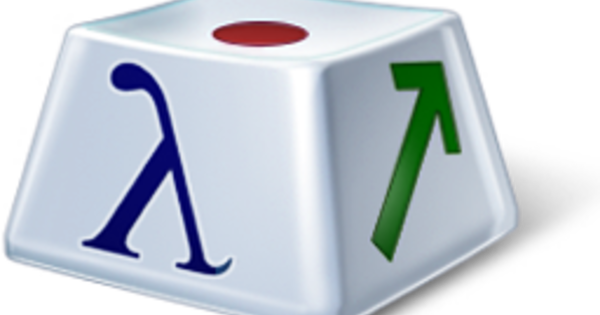Sometimes you just need a screenshot to show someone something. But how do you take such a screenshot? You may know it for Windows, but do you know it for OSX? iOS? Android? We explain it to you.
Screenshot software
When you want to take screenshots, you usually do so using a key combination that is built into the operating system you are using. However, some operating systems (such as OS X and Windows) also have programs for taking screenshots. You can think of advanced paid software, such as SnagIt, which even allows you to take screenshots with an autotimer.
However, both Windows and OS X have built-in software for taking screenshots in addition to key combinations. In Windows, you can find this software by pressing the Windows key on your keyboard, then typing Snipping Tool. With this program you get quite a few extra options for taking screenshots. OS X also has a program for it, you can find it by the word in Spotlight Screenshot to type. Both programs do the same as taking screenshots with a key combination, but offer you slightly more options.

In Windows and OS X there is software for taking screenshots.
Screenshots in Windows
If you want to take a screenshot in Windows, you can easily do that by pressing the PrintScreen (PrtScn) button. An image of your entire desktop will then be saved to your clipboard (not as a file on your hard drive). Contrary to popular belief, you don't have to hold down another key.
If you don't want to capture the entire screen, but just a window, hold down the Alt key in combination with PrintScreen while you have the desired window active. Only a screenshot of that window is then copied to the clipboard.
Screenshots in OS X
In OS X, you have a little more options when it comes to taking screenshots using key combinations. This way you can save screenshots not only to your clipboard, but also as a file on the hard drive.
Apple has a nice overview for this:
Take an image of the entire screen
Command + Shift + 3
Take an image of a portion of the screen
Command + Shift + 4 and drag the cross-pointer to select the desired area. Hold down the mouse button, release the keys, and then press Shift, Option, or the spacebar while dragging to resize the selected area. Then release the mouse button to create the image. Press Escape to cancel the operation.
Create an image of a window or the menu bar
Command + Shift + 4, press the spacebar, move the camera pointer to the desired area to highlight it, and click. Press Escape to cancel the operation.
Create an image of a menu with the menu name
Click the menu to display the menu commands, press Command + Shift + 4 and drag the cross-shaped pointer over the area. Press Escape to cancel the operation.
Create an image of a menu without the menu name
Click the menu to display the menu commands, press Command + Shift + 4, press the spacebar, move the camera pointer over the menu to highlight it, and click the mouse. Press Escape to cancel the operation.
Screenshots in iOS
Taking screenshots in iOS is very simple, but sometimes requires some skill because the buttons are in two places and must be pressed exactly at the same time. To take a screenshot, briefly press the Home button and the Standby button at the same time. The image will be saved to your Camera Roll.
Screenshots in Android
Also in Android, making a screenshot is not complicated, but again it requires some dexterity in the fingers. This time, press and hold the Standby button and the volume down button. The screenshot is saved in the Gallery app.
Screenshots in Windows Phone
Taking screenshots in Windows Phone is the same process as in iOS. So you simultaneously hold down the Home button and the Standby button. The image is saved in a special folder under your photos.

